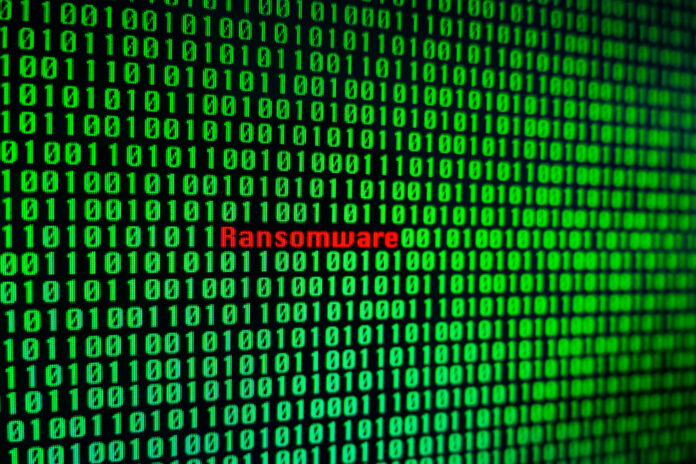Research shows three out of four organizations detect ransomware attacks early and still half continue to fall victim to these events.
According to Fortinet, which provides network security solutions to global clients, the results demonstrate the urgency to move beyond simple detection to real-time response on attacks that target not just processes but also people.
The Fortinet study found the global threat of ransomware remains at peak levels, with half of organizations across all sizes, regions and industries falling victim last year.
Critical to stopping a ransomware attack were people and processes, with many organizations lacking clarity on how to secure against the threat.
There are a range of technologies viewed as essential to prevent ransomware, with an overwhelming majority prioritizing an integrated approach to security.
Despite the global macroeconomic environment, security budgets will increase in the next year with a focus on artificial intelligence/machine learning (AI/ML) technologies to speed detection, centralized monitoring tools to speed response, and better preparation of people and processes.
Fortinet’s research revealed a large disconnect between respondents’ level of preparedness with existing strategies and their ability to stop a ransomware attack. Although 78 percent of organizations stated they were “very” or “extremely” prepared to mitigate an attack, the survey found 50 percent fell victim to ransomware in the last year, and almost half were targeted two or more times.
Specifically, four out of the five top challenges to stopping ransomware were people or process related. The second largest challenge was a lack of clarity on how to secure against the threat as a result of a lack of user awareness and training, and no clear chain-of-command strategy to deal with attacks.
The survey also found that despite most (72 percent) detecting an incident within hours, and sometimes minutes, the percentage of organizations paying ransoms remains high, with almost three-quarters of respondents making some form of ransom payment.
When comparing across industries, organizations in the manufacturing sector received higher ransoms and were more likely to pay the fee. Specifically, one quarter of attacks among manufacturing organizations received a ransom of $1M or higher.
Finally, while almost all organizations (88 percent) reported having cyber insurance, almost 40 percent didn’t receive as much coverage as expected and, in some cases, didn’t receive any because of an exception from the insurer.
With concerns about ransomware still high and despite a challenging global economic environment, nearly all organizations (91 percent) expect increased security budgets in the next year.
Based on the technologies viewed as most essential to secure against ransomware, organizations were most concerned with IoT Security, SASE, Cloud Workload Protection, NGFW, EDR, ZTNA, and Security Email Gateway.
When comparing to 2021, the number of respondents citing ZTNA and Secure Email Gateway increased by nearly 20 percent.
Given email phishing remained the most common attack entry method for the second time, it was promising to see respondents view Secure Email Gateway (51 percent) with higher importance, however, other essential protections, such as Sandboxing (23 percent) and Network Segmentation (20 percent) remained low on the list.
In the future, top priorities for respondents will be investing in advanced technology powered by AI and ML to enable faster threat detection and central monitoring tools to speed response. These investments will help organizations combat a rapidly evolving threat landscape as cyber attackers become more aggressive and deploy new elements into attacks.
In addition, the report found that organizations using point products were the most likely to fall victim to an attack in the last year, while those who had consolidated to a smaller number of platforms were the least likely to be a victim.
Further, almost all respondents (99 percent) viewed integrated solutions or a platform as essential to preventing ransomware attacks. These findings underscore the importance of leveraging a unified platform approach to defend against ransomware.







